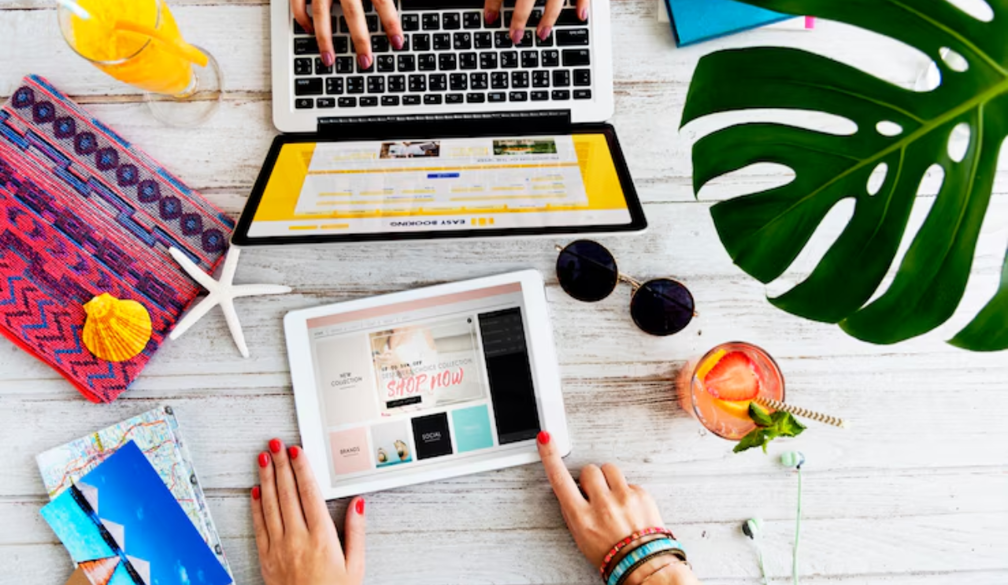The Evolution of Ride-On Sweeper Batteries: Efficiency and Durability

Industrial cleaning equipment has seen a striking shift in recent years. Advanced battery technology have significantly changed ride-on sweepers, which formerly were dependent on traditional power sources. The way industrial spaces are cleaned has completely changed as a result of this evolution's previously unheard-of improvements in durability and efficiency. The development of ride-on sweeper batteries will be examined in detail in this article, along with the technologies that have sparked this transformation and the advantages they provide.
The Traditional Power Dilemma
Prior to the development of cutting-edge battery technologies, the majority of ride-on sweepers were powered by diesel or gasoline engines. These engines had a number of shortcomings while having sufficient power for cleaning big industrial spaces. These included higher maintenance needs, high operating expenses brought on by fuel use, and emissions that were bad for the environment and interior air quality.
Additionally, internal combustion engines' noise and vibrations were major problems in enclosed spaces. Cleaner, more efficient, and ecologically friendly power sources are required as a result of these shortcomings.
The Rise of Electric Power
The switch to electric power was the first stage in the evolution of ride-on sweeper batteries. Gas and diesel sweepers were gradually replaced by electric sweepers, which had a number of advantages:
Cleaner Operation
Electric ride-on sweepers are emission-free and can be used indoors and outdoors. Warehouses, factories, and shopping centers need this for air quality.
Reduced Operating Costs
Diesel and gasoline are more expensive than electricity. Electric sweepers feature fewer moving parts, reducing maintenance and operating costs.
Quiet Operation
Internal combustion engines are naturally noisier than electric motors. Particularly advantageous are these locations with less noise pollution, including hospitals and educational facilities.
Even though switching to electricity was a big advance, ride-on sweeper batteries had a long way to go.
The Advent of Advanced Battery Technologies
The creation and incorporation of cutting-edge battery technology represented the subsequent stage of this evolution. Ride-on sweepers have changed thanks to these technology, becoming even more reliable and effective. Here are some significant developments that were crucial:
Lithium-ion Batteries
The de facto power source for ride-on sweepers is now lithium-ion batteries. They have a lot of benefits, such as a high energy density, quick charging, and a long cycle life. These attributes result in longer runtimes, less downtime for charging, and more efficiency all around.
Smart Battery Management Systems
Smart battery management techniques are frequently used in contemporary ride-on sweepers. By monitoring and enhancing battery performance, these systems make sure the battery is working as efficiently as possible. Additionally, they offer consumers useful information about battery health, enabling preventative upkeep and replacement.
Quick-Swap Battery Systems
Some ride-on sweepers use quick-swap battery systems to further reduce downtime. With the help of this invention, operators may quickly swap out depleted batteries for fully charged ones, doing away with the need for lengthy charging stops.
Regenerative Braking Systems
Another technological development in ride-on sweepers is regenerative braking. During braking and deceleration, these mechanisms recuperate energy and send it back into the battery. The battery life is increased by this regenerative process, which also increases overall energy efficiency.
Improved Battery Chemistry
A result of ongoing research and development, battery chemistries that are specifically suited to the needs of ride-on sweepers have been developed. These batteries are made to resist repeated cycles of charging and discharging as well as the rigors of heavy-duty cleaning procedures.
Benefits of Advanced Battery-Powered Ride-On Sweepers
For industrial cleaning activities, the incorporation of cutting-edge battery technologies into ride-on sweepers has produced a number of advantages:
Enhanced Efficiency
Sweepers can cover more land in less time because to lithium-ion batteries' longer runtimes and quicker recharge periods when paired with intelligent management systems.
Reduced Environmental Impact
Modern batteries used to power electric sweepers have no emissions and help to keep the environment cleaner and healthier. In areas where air quality is an issue, this is essential.
Lower Operating Costs
Long-term cost benefits are significant due to the lowered energy prices and maintenance requirements associated with modern battery-powered sweepers.
Improved Productivity
Because quick-swap battery solutions reduce downtime, sweepers can continue to work throughout the cleaning shift. As a result, productivity rises and the cleaning procedure becomes more effective.
Quieter Operation
Electric sweepers operate more quietly, which enhances the operator's working environment and lessens noise pollution in enclosed areas.
Longer Service Life
Ride-on sweepers can resist the demands of heavy-duty cleaning operations for a considerable amount of time thanks to the resilience and lifespan of modern batteries.
Future Directions in Battery Technology
The development of ride-on sweeper batteries is far from finished as technology develops. It's important to note the following trends and developments:
Energy Density Improvements
The energy density of batteries is now being increased in order to enable even longer runtimes between charges.
Fast-Charging Infrastructure
By permitting quick recharges during breaks, the development of rapid charging infrastructure will cut downtime even more.
Integration with IoT and AI
The Internet of Things (IoT) and artificial intelligence (AI) technologies may interact with ride-on sweepers to optimize cleaning routes, anticipate maintenance requirements, and improve overall efficiency.
Sustainability Focus
The development of batteries with low environmental impact, from the sourcing of materials to end-of-life disposal, is a growing area of interest for battery producers.
Hybrid Solutions
To increase duration and minimize environmental effect, some manufacturers are looking into hybrid solutions that combine sophisticated batteries with other power sources like hydrogen fuel cells.
Conclusion
Since moving from internal combustion engines to lithium-ion technology, ride-on sweeper batteries have increased in efficiency and robustness. These batteries have increased industrial cleaning productivity while lowering costs and environmental effects. As battery technology advances, ride-on sweepers will become more effective and environmentally friendly. These developments will enhance the cleaning industry and contribute to a healthier and cleaner environment. Battery-powered ride-on sweepers replace gasoline and diesel engines, advancing the development of more environmentally friendly, effective, and long-lasting industrial cleaning solutions. With advancements in research and innovation, ride-on sweeper batteries will change industrial cleaning.






